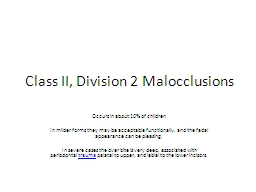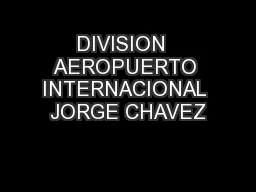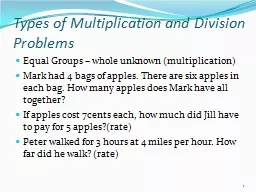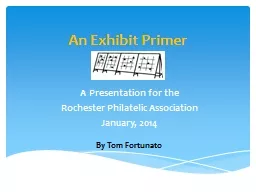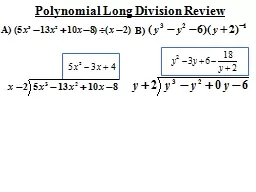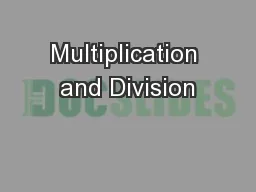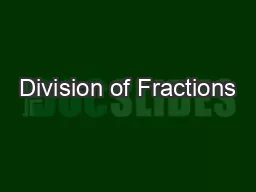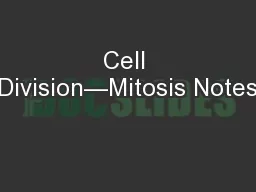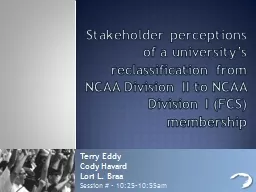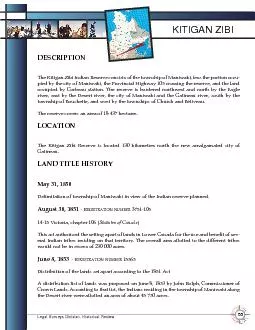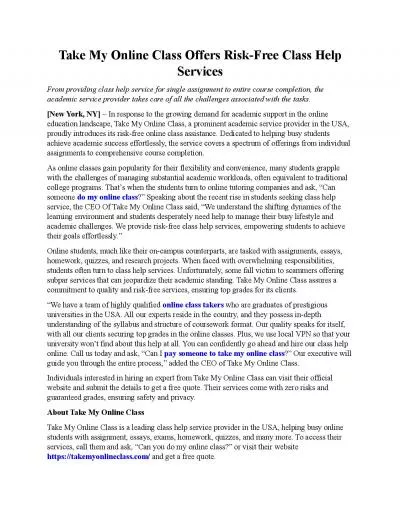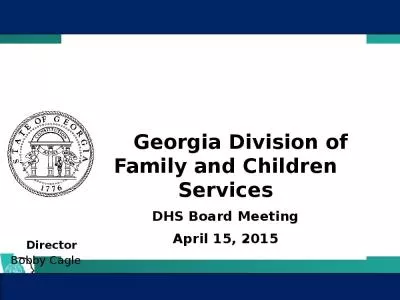PPT-Class II, Division 2 Malocclusions
Author : elyana | Published Date : 2023-09-23
Occurs in about 10 of children In milder forms they may be acceptable functionally and the facial appearance can be pleasing In severe cases the over bite is very
Presentation Embed Code
Download Presentation
Download Presentation The PPT/PDF document "Class II, Division 2 Malocclusions" is the property of its rightful owner. Permission is granted to download and print the materials on this website for personal, non-commercial use only, and to display it on your personal computer provided you do not modify the materials and that you retain all copyright notices contained in the materials. By downloading content from our website, you accept the terms of this agreement.
Class II, Division 2 Malocclusions: Transcript
Download Rules Of Document
"Class II, Division 2 Malocclusions"The content belongs to its owner. You may download and print it for personal use, without modification, and keep all copyright notices. By downloading, you agree to these terms.
Related Documents

